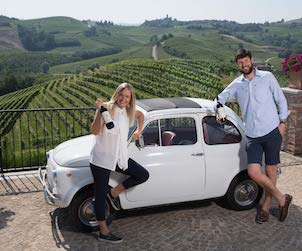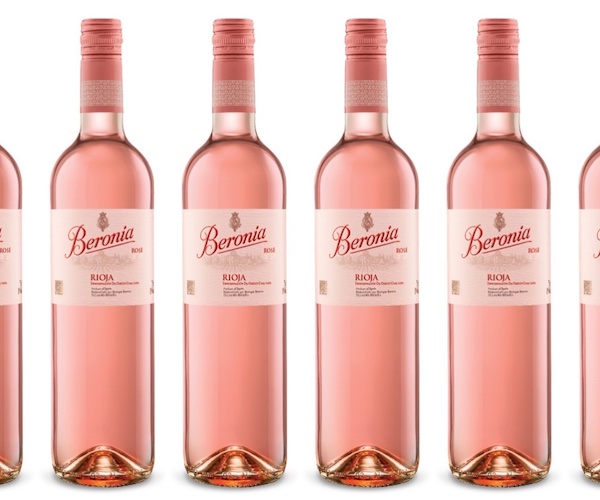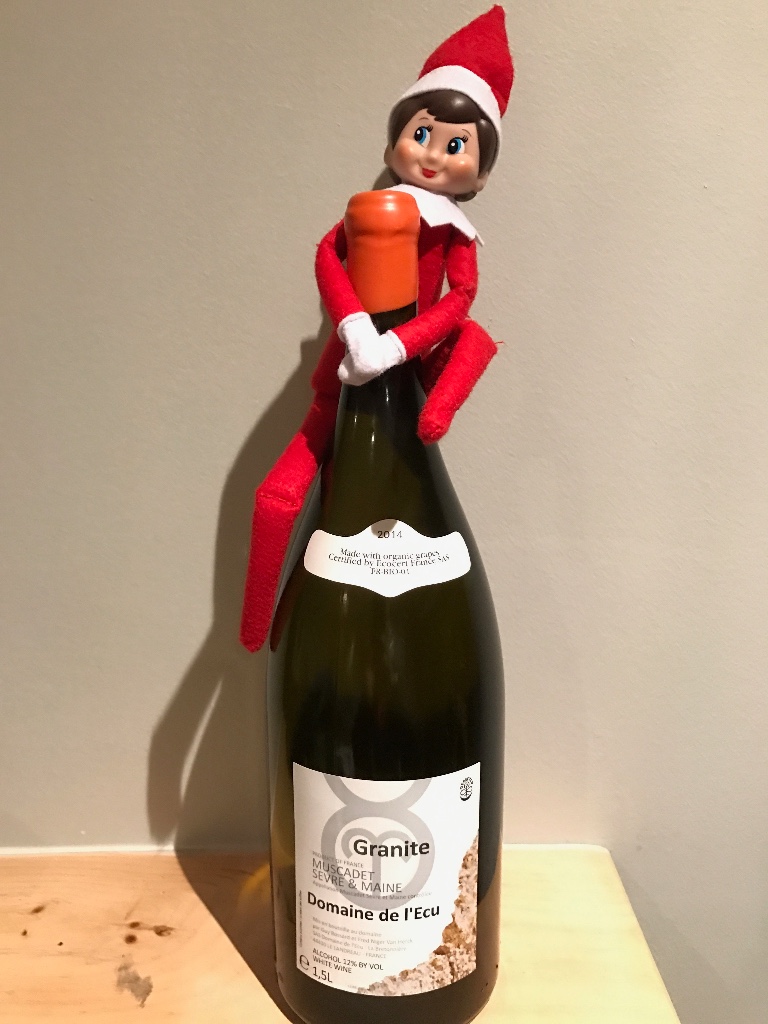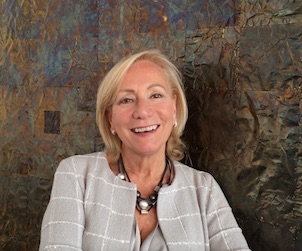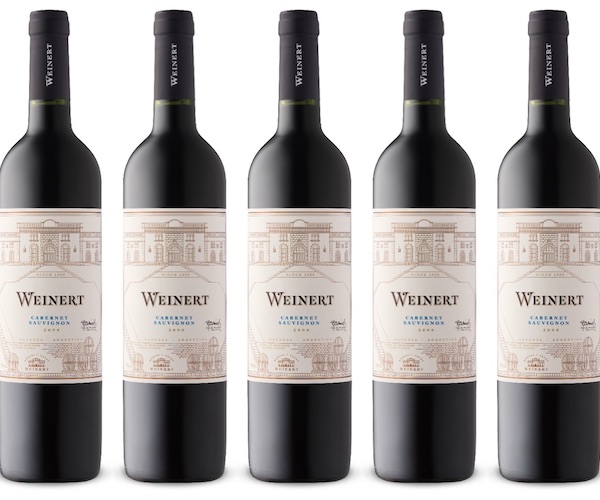Fernando Burani tells Malcolm Jolley about Mauro Molino in La Morra, Barolo.
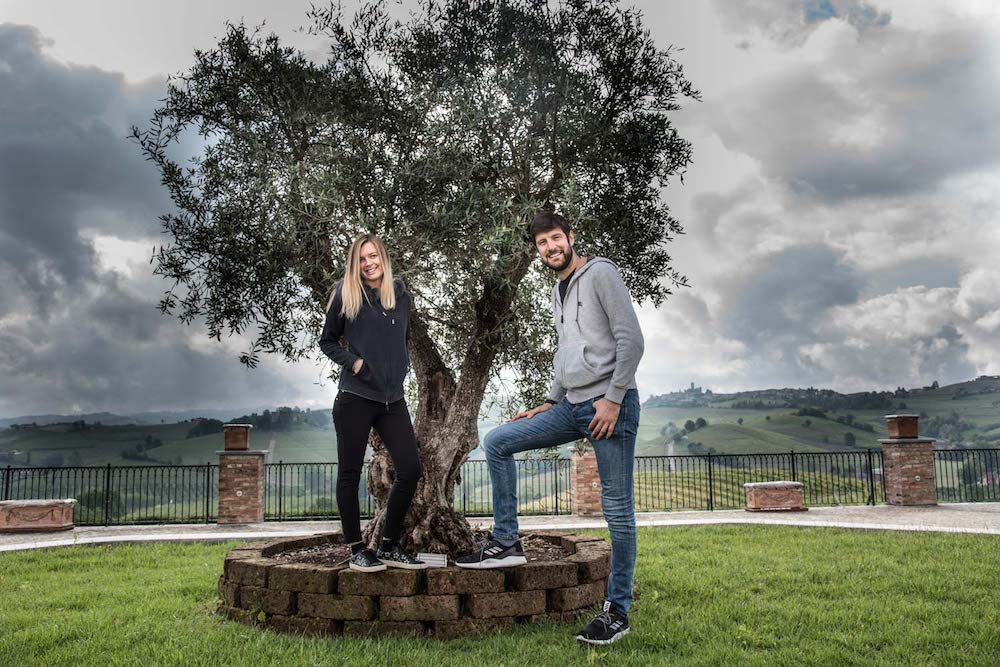
Siblings Martina and Matteo Molino at their family’s Barolo winery, named for their father, Mauro Molino.
Mauro Molino is among the generation of winemakers who transformed Barolo in the 1980’s into one of the world’s most prestigious wine regions. Now his son Matteo and daughter Martina have taken the reins at Azienda Agricola Mauro Molino, but the influence of their father extends beyond his name on the label. I learned more about Mauro Molino recently at horizontal tasting put on by the winery’s Ontario importer, Le Sommelier. In attendance was Fernando Burani, who works with Martina Molino, selling the sought after label around the world. Before we shot the video interview below, Fernando led me through an extensive tasting of 10 of the Mauro Molino wines, including the Barolo’s from 2014, which have been just released this year.
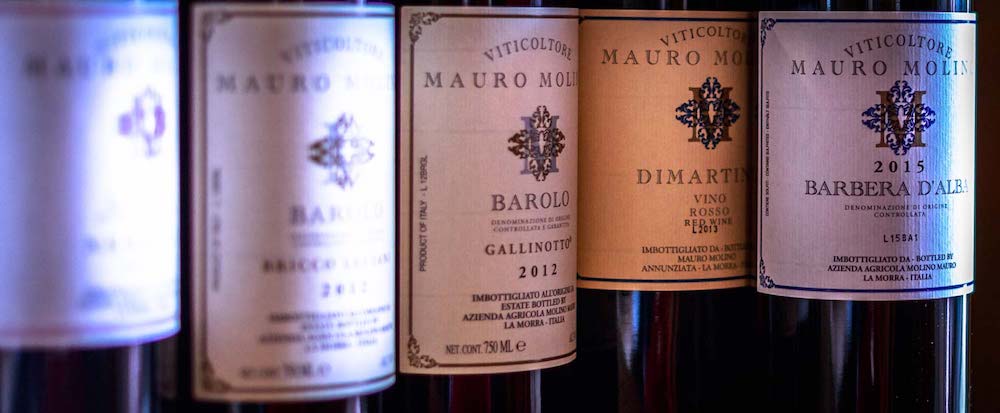
As we tasted through, Fernando explained that Mauro Molino only makes wine from its own properties. This, of course, is a given with the “cru” Barolo’s made from a particular vineyard, not least the renown Conca vineyard on La Morra, which is a near monopoly with only two other producers on the hill crowned with a giant cedar of Lebanon. The Barolo’s are all sourced from Mauro Molino’s holdings on La Morra, the biggest of the regions hills. But we also tasted the winery’s 2017 Arneis from Roero, 2016 Chardonnay from La Morra, and 2017 Dolcetto from Dogliani, Barbera d’Alba from the LaGettere vineyard, a no oak Nebbiolo sourced mostly from Roero. It was quite a good overview of the west part of the region around Alba, and each wine was distinct and delicious. All are also under $30 and, I thought were great value. The whites were complex and an interesitng excercise: did the Arneis remind me of Maconnais Chardonnay? Or did the Chardonnay remind me of Roero Arneis? There are few Dolcetto’s I have met that I haven’t liked, and Mauro Molino’s was no exception, particularly concentrated in dark cherry from four days of maceration on the skins. The Barbera gets six days on the skin and shows deep, dark fruit going from red to black, reflecting the hot weather of 2017. My favourite of the ready to drink reds was the Nebbiolo Langhe, which was alive and bright with black fruit and a pleasant, food friendly acidity.
Also distinct and distinguished were the Barolo’s. 2014 was a tough year with a very rainy September. Some producers did not bother to make Barolo that year, but the Mauro Molino range showed very well, particularly for young wines. The Barolo DOCG, sourced from three properties on La Morra was bright and full of red fruit (some say 2014 is Barolo’s ‘Pinot Noir year’ and there’s a good deal of truth to the joke). But the Barolo Gallinotto, from a monopole vineyard at roughly 400 meters up La Morra, a clear note of cassis and black fruit. The Barolo Bricco Luciani at Annunziata di La Morra next to the winery, had a more classic Barolo profile of deep, dark cherry, while the high altitude Barolo La Serra showed blackcurrant like the Gallinotto. Finally the Barolo Conca came back to dark cherry through gripping tannins, defying the conditions of 2014 to show itself as a classic long living Barolo.

